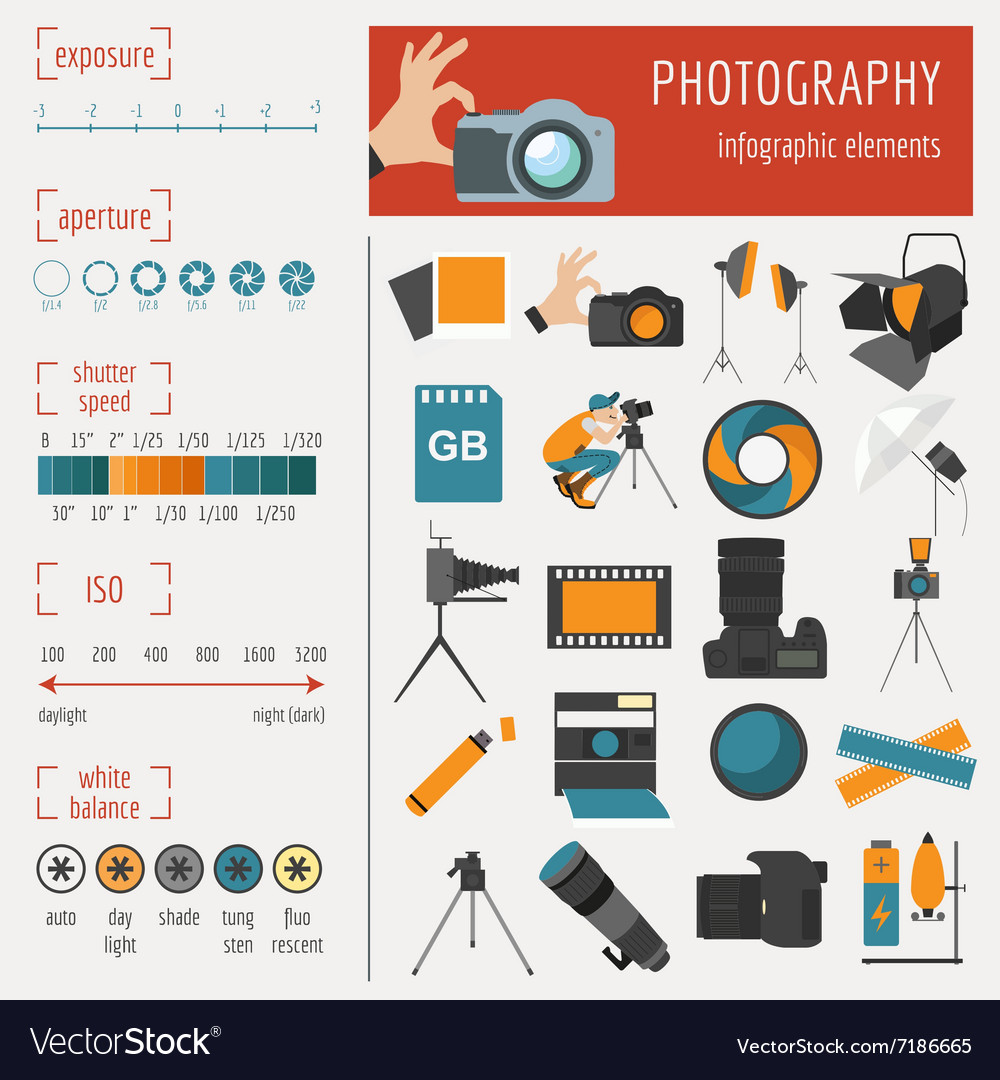Join Us To Uncover Essential Photography Suggestions That Will Unlock Your Cam'S Possibility-- Prepare To Record Spectacular Pictures In No Time!
Join Us To Uncover Essential Photography Suggestions That Will Unlock Your Cam'S Possibility-- Prepare To Record Spectacular Pictures In No Time!
Blog Article
Content By-Christian Kaas
When you first pick up your electronic camera, it can feel overwhelming with all the setups and choices offered. You may find yourself wondering exactly how to navigate aperture, shutter rate, and ISO successfully. Understanding these principles is critical, yet there's more to digital photography than simply technical knowledge. Comprehending make-up methods and illumination conditions can elevate your pictures significantly. So, suppose you could learn straightforward approaches to improve your skills and start recording impressive photos quicker than you assume? Let's discover how to transform your digital photography journey.
Comprehending Cam Setups
Understanding your video camera setups is vital for recording magnificent pictures. When you pick up your cam, acquaint on your own with the three major setups: aperture, shutter speed, and ISO. simply click the next website page plays a vital role in exactly how your photos end up.
Start with aperture, which controls the amount of light getting in the lens. A larger aperture (lower f-number) allows more light and develops a stunning background blur, perfect for portraits. On the other hand, a narrower aperture (higher f-number) maintains even more of the scene in emphasis, perfect for landscapes.
Next, concentrate on shutter rate. This setting identifies how long your cam's sensor is exposed to light. A rapid shutter rate ices up movement, which is terrific for activity shots, while a sluggish shutter rate can create sensational effects like smooth water in landscapes.
Lastly, change your ISO. This setup impacts your video camera's level of sensitivity to light. A greater ISO serves in low-light situations but can present noise or grain. Go for the lowest ISO possible while still accomplishing correct exposure.
Structure Strategies
When you're out shooting, structure can make all the difference in just how your photos reverberate with viewers. Start by using the guideline of thirds; envision your structure divided right into nine equal areas with two straight and two vertical lines. Position crucial elements along these lines or at their junctions to produce balance and passion.
Next off, consider leading lines. These natural lines in your scene, like roadways or rivers, draw the viewer's eye right into the photo, guiding them through the tale you're informing.
Do not forget about mounting; use components within your scene, like trees or windows, to develop a frame around your subject, adding depth and emphasis.
Likewise, keep an eye on your background. https://www.philadelphiaeagles.com/news/pro-football-hall-of-fame-honors-eagles-team-photographer-kiel-leggere cluttered background can sidetrack from your major topic, while a basic one aids it stick out.
Finally, try out proportion and patterns; they can develop a striking photo that catches attention.
Mastering Illumination Issues
Grasping lights conditions is essential for recording spectacular photos, as the ideal light can change a common scene into something extraordinary.
Begin by observing natural light at various times of the day. Early mornings and late afternoons supply the most effective light, called the golden hour. The soft, warm tones throughout these times can boost your photos beautifully.
Don't avoid overcast days either; diffused light can minimize harsh darkness and develop a pleasing result, specifically for pictures.
Try out backlighting by positioning your subject versus the source of light. This strategy can create a dreamy halo result and include depth to your pictures.
Pay attention to your video camera setups as well. Change the ISO, aperture, and shutter speed to fit the lighting problems. A greater ISO can help in low light, however beware of grain.
Make use of a tripod in darker settings to avoid blur.
Lastly, don't fail to remember man-made illumination. Flash and continual lights can be fantastic devices for regulating light in challenging problems.
Verdict
Finally, grasping your video camera doesn't need to be frustrating. By recognizing your setups, using composition methods, and taking advantage of the power of natural light, you'll swiftly boost your photography skills. Bear in mind, practice makes ideal, so go out there and trying out your newfound understanding. With time and commitment, you'll be catching sensational pictures that mirror your unique perspective. Appreciate the journey, and do not neglect to have a good time while you go to it!
